Paris, Musée du Louvre
Current name(s) of destination(s):
Paris, Musée du Louvre
Country:
Destination category:
Institution
Institutional history:
The Egyptian department at the Musée du Louvre was opened on 15th December 1827, an addition to the museum driven by Jean-François Champollion, deemed a founding figure for Egyptology. The collection holds over 50,000 pieces, making it one of the world’s largest, with artefacts dating from 4,000 BC to the 4th century AD.
Notes on distribution:
The Egypt Exploration Society's distributions lists record the following objects as having been allocated to the Louvre:
1885
A selection of minor antiquities from Naukratis & Goshen
1890
2 fragments of a column from Bubastis
Bas-relief slab from the Festival Hall of Osorkon II, Bubastis
Bas-relief slab from the Festival Hall of Osorkon II, Bubastis
2 fragments of Hathor headed column
1895 Deir el Bahari
Set of foundation deposits
“Alabaster” or marble “incense” pot inscribed (hieroglyphs)
Model of a “winnower” or “cradle for hay”, inscribed (hieroglyphs)
Model of a hoe
Model of an adze, copper blade bound to wooden handle by original red thong (inscribed)
Model of small wooden adze
Basket-work stand
Earthenware pot
Petrie (Royal Tombs I), 1899-1900
2 steles of I dyn: Nos. 38, 42 in "R.T.I"
Related archive documents
-
 PMA/WFP1/D/8/12
PMA/WFP1/D/8/12 -
 PMA/WFP1/D/8/2
PMA/WFP1/D/8/2 -
 PMA/WFP1/D/8/5.1
PMA/WFP1/D/8/5.1 -
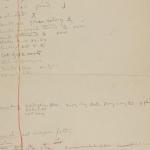 PMA/WFP1/D/8/12
PMA/WFP1/D/8/12 -
 PMA/WFP1/D/9/27
PMA/WFP1/D/9/27 -
 DIST.05.02b
DIST.05.02b -
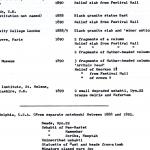 DIST.08.01b
DIST.08.01b -
 DIST.11.03
DIST.11.03 -
 DIST.14.01d
DIST.14.01d -
 DIST.17.49
DIST.17.49 -
 DIST.28.11a
DIST.28.11a -
 DIST.28.11b
DIST.28.11b -
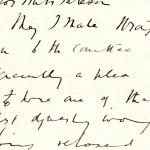 DIST.51.12a
DIST.51.12a -
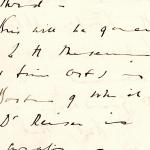 DIST.51.12b
DIST.51.12b -
 DIST.51.12c
DIST.51.12c -
 DIST.52.06
DIST.52.06 -
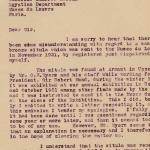 DIST.53.15
DIST.53.15 -
 DIST.55.41a
DIST.55.41a -
 DIST.55.41b
DIST.55.41b -
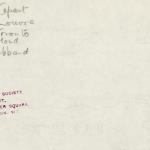 DIST.56.01e
DIST.56.01e -
 DIST.56.31a
DIST.56.31a -
 DIST.56.31b
DIST.56.31b -
 DIST.62.03e
DIST.62.03e -
 DIST.62.07
DIST.62.07 -
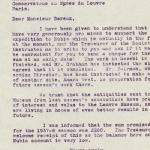 DIST.62.08
DIST.62.08 -
 DIST.63.01b
DIST.63.01b -
 DIST.63.01c
DIST.63.01c -
 DIST.63.01d
DIST.63.01d -
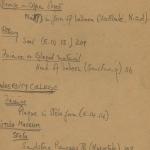 DIST.63.07c
DIST.63.07c -
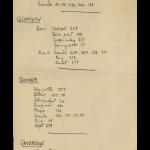 DIST.63.08
DIST.63.08 -
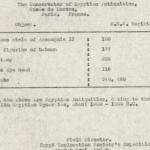 DIST.63.10e
DIST.63.10e -
 DIST.63.25
DIST.63.25 -
 DIST.63.34a
DIST.63.34a -
 DIST.63.34b
DIST.63.34b -
 DIST.63.36b
DIST.63.36b -
 DIST.66.11
DIST.66.11 -
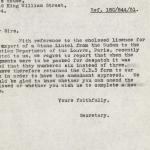 DIST.66.14
DIST.66.14 -
 DIST.66.15
DIST.66.15 -
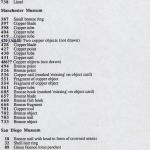 DIST.66.25a
DIST.66.25a -
 DIST.68.06a
DIST.68.06a -
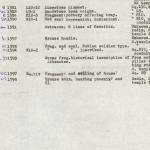 DIST.68.06c
DIST.68.06c -
 DIST.68.07
DIST.68.07 -
 DIST.68.08
DIST.68.08 -
 DIST.68.09
DIST.68.09 -
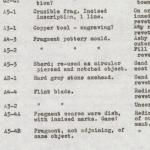 DIST.68.10
DIST.68.10 -
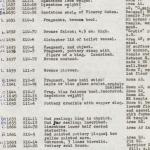 DIST.68.11a
DIST.68.11a -
 DIST.68.18a
DIST.68.18a -
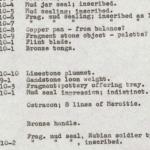 DIST.68.18c
DIST.68.18c -
 DIST.68.19
DIST.68.19 -
 DIST.68.20
DIST.68.20 -
 DIST.68.21
DIST.68.21 -
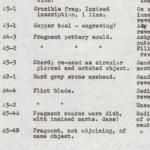 DIST.68.22
DIST.68.22 -
 DIST.68.23a
DIST.68.23a -
 DIST.68.23b
DIST.68.23b -
 DIST.68.44x
DIST.68.44x -
 DIST.69.05c
DIST.69.05c -
 DIST.69.06a
DIST.69.06a -
 DIST.69.06b
DIST.69.06b -
 DIST.69.07b
DIST.69.07b -
 DIST.69.07d
DIST.69.07d -
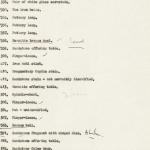 DIST.72.02b
DIST.72.02b -
 DIST.72.04a
DIST.72.04a
Destination location:
See also:
Excavations from which artefacts are distributed:
